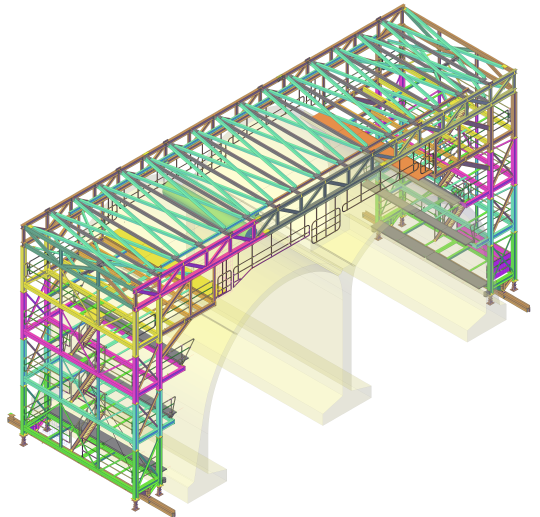When using CAD as part of the design process for both major and minor projects, one of the most important things to get right are the dimensions of each object you are creating. Dimensioning can be a very time-consuming process, and in order to make your operation as efficient and cost-effective as possible, it’s important to make dimensioning as quick a process as you can.
The SolidWorks suite enables you to achieve rapid dimensioning with the minimum of fuss, quickly and efficiently. Here are some helpful tips on how to make best use of the dimensioning functionality within the SolidWorks software suite.
Command Manager
You’ll find the dimensioning options on the far left of your Sketch tab on the Command Manager.
If you use the ‘Smart Dimension’ command, this will perform all of the different dimension task types for you with the exception of ordinate style dimensions. You can use a variety of different methods to start a dimension that are quicker than returning to the Command Manager every time you need a new dimension.
Smart Dimension
Unless your project standards demand ordinate dimensioning, you can use ‘Smart Dimension’. Smart Dimension can perform path length, vertical, diagonal or vertical dimensioning, making it a one-stop shop for standard dimensioning.
Dimension to lines
When you need to dimension a line that has already been set to be vertical or horizontal, always select the line, rather than one of the end points. That’s because this method requires fewer clicks, making it quicker and more efficient.
If you need a horizontal dimension and one of your endpoints is already attached to a vertical line, simply use the line instead of the endpoint. This avoids an open option to create a diagonal, horizontal or vertical dimension, and the same applies if you want a vertical dimension.
Lock the dimension
If you need to dimension a line that is not set to be horizontal or vertical, or when you are dimensioning two points that are not constrained, you will be offered the option of creating a diagonal, horizontal or vertical dimension. This can prove to be a very fiddly job as you can end up jumping from one line to another each time you move your mouse only very slightly.
You can lock the dimension into the style you want by moving the mouse to a location, applying the desired style and right-clicking. This allows you to position the dimension and create it.
Alternatives to Command Manager
There are a number of handy alternatives to using the Command Manager.
The first of these is to use mouse gestures. You can do this whether your computer is set to four gestures or to eight because Smart Dimension is by default a mouse gesture. All you need to do is hold down the right mouse button and slide the mouse up.
You can also use the ‘S’ key. Hitting the ‘S’ key on your keyboard brings up basic commands for assemblies, parts, sketches, and drawings, which will appear next to your cursor wherever it is sitting in your graphics window.
Finally, the Smart Dimension or any other dimension command can be started by right-clicking anywhere in the graphics window.
Dimensioning can be a time-consuming part of any design project, but you can make dimensioning with SolidWorks much quicker and therefore cost-efficient by following the above tips.
For more information on how our experts in SolidWorks could help your business’ designers undertake dimensioning tasks on complex and challenging projects, why not contact us for a no obligation discussion today.



